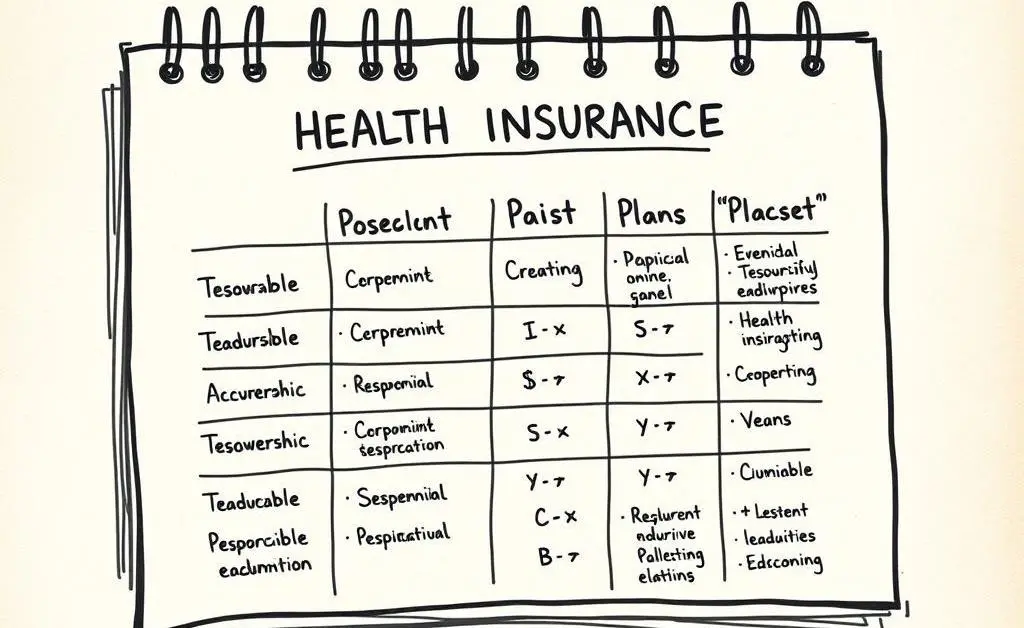Understanding Health Insurance: Tips for Choosing the Best Plan
Navigate health insurance options with ease. Find the coverage that fits your needs.

Choosing the right health insurance plan can feel like navigating a maze blindfolded. With so many options, it's understandable if you're scratching your head, wondering how to make the best choice. Let me guide you through this process so you can confidently pick a plan that suits your needs and lifestyle.
Start with Understanding Your Needs
Before diving into complex plan details, pause for a moment and think about your healthcare needs. Do you visit the doctor frequently? Do you have a growing family or any ongoing medical conditions? Having a clear picture of your needs will help narrow down the options effectively.
Break Down Key Terms
If terms like deductible, copay, and coinsurance make your head spin, you're not alone. Here's a quick glossary:
- Deductible: The amount you pay before your insurance kicks in.
- Copay: The fixed amount you pay for a health service.
- Coinsurance: Your share of the costs after you meet your deductible.
Knowing these terms will make it easier to compare plans. Here's a handy example: let’s say your plan has a $2,000 deductible, a 20% coinsurance, and $30 copays. These are the numbers you'll have to consider when estimating your healthcare costs.

Comparing Different Types of Health Plans
You’ll likely come across terms like HMO, PPO, and EPO as you browse plan options. Each has its benefits and drawbacks:
- HMO: Lower premium costs but less flexibility in choosing healthcare providers. You'll often need a referral to see a specialist.
- PPO: Offers more flexibility in choosing your doctors and doesn’t require referrals; however, it tends to come with higher premium costs.
- EPO: Similar to an HMO, but you aren't required to get referrals. Must stay within the network for coverage except in emergencies.
Understanding these can help align your choice with your lifestyle and budget constraints.
Evaluate Out-of-Pocket Costs
Beyond premiums, take a peek at how much you'll pay out-of-pocket. These expenses can vastly differ between plans even if premiums are similar. Use the deductible, copay, and coinsurance amounts to estimate your annual medical expenses.

Consider Your Preferred Doctors and Hospitals
Do you already have healthcare providers you trust and want to continue visiting? Make sure they're covered in your insurance network. If they aren't, you might have to switch doctors or pay more for out-of-network services.
Check for Extra Benefits
Many plans offer benefits beyond basic healthcare, such as mental health services, dental care, or vision coverage. Checking these extra perks can help make a decision easier since they add value to your selected plan.

Conclusion: Your Choice Matters
Choosing the right plan is more than just ticking boxes; it's about finding coverage that feels personal and protective. Reflect on your healthcare habits, consider your budget, and verify network options. Remember, the goal is to select a plan that not only covers you in times of need but also supports your overall well-being. What's your experience with picking health insurance? Share your journey in the comments below!




